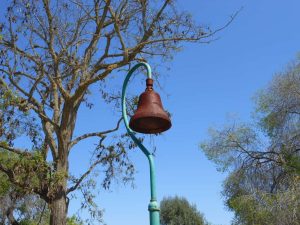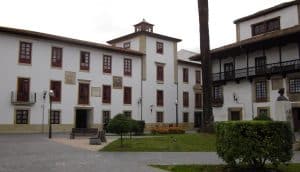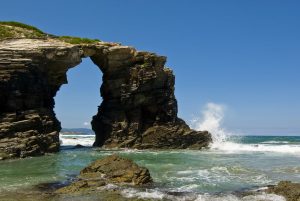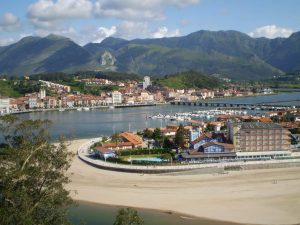Included among the Jacobean routes, the path to Finisterre enjoys a unique feature in the trips to the camino de santiago organized. And it is that, unlike the rest, the starting point here is precisely the city of Santiago de Compostela, ending at Cape Finisterre.
What few know about this route is that at the end of the Middle Ages it was the last stretch of land explored so that was known as the end of the world (finis terre), place through which souls ascended to heaven.
Índice de contenidos
These are the most important monuments on the way to Finisterre that you should not miss
Although Compostela is the goal that all pilgrims try to achieve on their journey, when they do, for example, the popular camino de santiago from sarria to santiago, continue with the section of Fisterra and Muxía is increasingly common among walkers. In addition, to feel attracted by the legend of the end of the world, the landscapes also have a great weight.
Among the most important monuments of the Road to Finisterre that no one can miss are the following:
Roman bridge in Aguapesada
Raised on the Aguapesada river, it is also known as I take two steps. According to historians, the current structure must have been built between the XNUMXth and XNUMXth centuries. However, due to the importance of this population, there could have been a previous one.
It is a stone bridge, two spillways and a lowered semicircular arch. It has a driveway made from large stone slabs.
San Juan de Mazaricos Church
Located in Mazaricos, this could pass as a common Catholic structure. Very close to the river with the same name, It has an ogival main chapel and a rather slender Baroque tower.
In 2009, while some rehabilitation works were being carried out on the structure, workers found the remains of what was the old temple, whose construction dates from the XNUMXth century. Among the remains are some walls that, according to experts, were part of the basilica plan.
Church of Pereiriña, in Cee
It stands out for its beautiful side tower, built in the Baroque style. This temple is one of the most important buildings on the Camino de Finisterre.
It has a simple but extremely elegant and precious facade. In addition, you will see a lantern that makes it stand out for its marked baroque style.
Castle of the Cardinal, in Corcubion
This precious defensive fortress is considered one of the most important monuments on the Camino de Finisterre. It was built in the middle of the XNUMXth century to face the continuous attacks between the British navy and the Bourbons.
The main objective was to protect the entrance to the estuary, so it also The castle of the Prince was built, just in front.
Church of San Xoán de Sardiñeiro
A beautiful building that was built between the XNUMXth and XNUMXth centuries, under the baroque style combined with neoclassical. It has a hall plan, thick walls and a single nave with three access doors.
Despite the fact that the current façade, due to different reforms, is neoclassical in style, it still retains the baroque style of the window moldings. Unlike other temples of the time, this It lacks altarpieces, since they were eliminated in the different rehabilitations carried out.
Castle of San Carlos Finisterre
One of the points of interest on the Camino de Finisterre is undoubtedly the Castle of San Carlos. This building stands out for its irregular shape, It was built on rocky ground and they had to adapt it.
It was built around 1.757 as part of what would be the defensive plan for the Corcubión estuary, next to the Cardenal castle in Corcubión and the Príncipe castle in Cee.
Despite the fact that the work began with great enthusiasm, It took around 10 years to complete it, when King Carlos III ordered it to be completed.
During the War of Independence, Fisterra was assaulted by the French. The castle of San Carlos was almost completely destroyed and later set on fire. After this, it was restored almost in its entirety, restoring the shine of its golden ages.
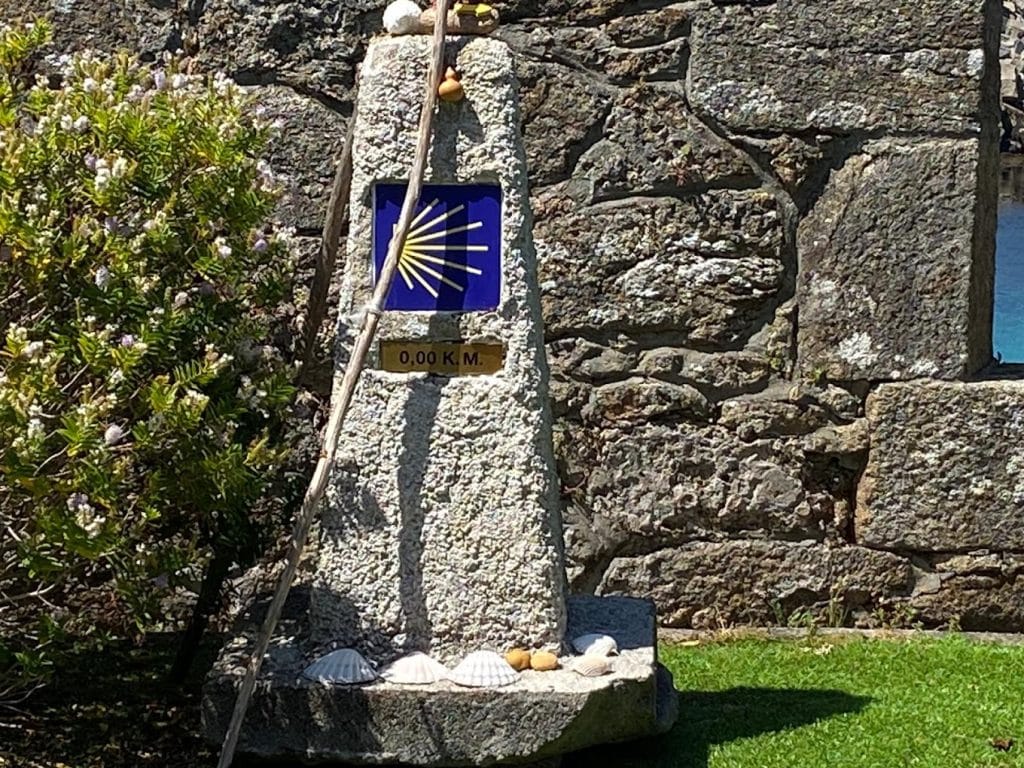
Finisterre lighthouse
It is the lighthouse that is located further west in all of Europe and one of the most important buildings on the Camino de Finisterre, It was built in 1853. In addition to the lighthouse keeper’s house, it has a small square that serves as a tribute to General San Martín.
The tower has an octagonal base and stonework, it is 17 meters high. The light is located at about 143 meters above sea level, reaching more than 23 nautical miles. However, the strong winter fog led to the addition of a lantern in 1888.
Despite the signs the area has been the protagonist of numerous shipwrecks, one of the most famous being that of 1870, when 482 people on board the Monitor Captain died. For some, this is the most visited lighthouse on the entire continent, as well as being the closest to America.
Other nearby points of interest
Apart from the points of interest on the Camino a Finisterre, the list is not over yet. There are some important monuments that are not on the Camino de Finisterre, but are close to the route itself.
Dolmen of Pedra da Arca
Considered one of the largest dolmens in the entire province, originated between 3.500 and 2.700 BC, for some the time of greatest splendor of the megalithic culture. At present it is possible to appreciate part of the earth that covered it, where there are also remains of a shell made of stone.
It is composed of a cover stone split in half and six vertical edges that serve as support.
According to the legend, it was a Moorish woman who built it, carrying the rocks on her head while nursing a child while spinning.
Church of Santiago de Olveiroa
Located in the town of Dumbría, in A Coruña, it was built end of the XNUMXth century, although some details were added during the XNUMXth and XNUMXth centuries. It is small in size, with a single nave, a gabled roof. The altarpiece in the main chapel is neoclassical in style, with the image of the Apostle Santiago Pilgrim.

